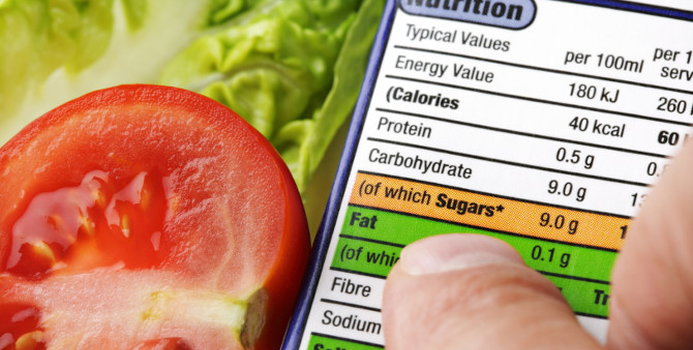Everyone has heard the old adage, "if it's too good to be true it probably is," yet Americans don't seem to remember this principle when it comes to low-fat labels. Instead, people think they can eat the food they love, without having to worry about the consequences if they chose the low-fat label. This is quite opposite of the reality of low-fat labels. If you are considering the "low-fat" label, there are a few things you should know:
Three Grams of Fat or Less
The FDA allows food manufactures to advertise themselves with a "low-fat" label if their product contains three grams of fat or less per serving. This is the only piece of information that the low-fat label can tell you. It doesn't tell you what is in the product, how it is made or any other nutritional content such as sodium and cholesterol. Also, the serving size of the low-fat snack is important. Consumers are often confused about serving size. If one cookie has three grams of fat and you eat ten of them, your snack ceases to be low-fat.
Not Low-Calorie
Fat provides flavor in food. If you are buying a food that previously tasted good because of its fat content (like ice cream, for example), the fat has to be replaced with something else in order to be flavorful. This can mean added sugar, which also means added calories. Low fat items often contain more calories than their full-fat counterparts.
Not Healthy
A packaged snack food could be made entirely of sugar and salt and still advertise itself as "low-fat." As long as it contains the three grams of fat or less. Most processed foods provide little or no nutritional value. While the food might be "low-fat," it is not providing your body with any of the nutrients it needs.
Not More
Many low-fat foods have small serving sizes. While one cookie might be "low-fat," five low-fat cookies are not. Additionally, studies show that people are more conscientious about how much food they ingest when they are not eating the low-fat option. Conversely, when people eat something they believe to be low-fat, they give themselves permission to consume as much as they want. In this way, it becomes counter-productive to buy the low-fat label when you are eating more total fat and calories than you would by choosing the full-fat option.
If you want to have a low-fat snack, the National Institute of Health says it is better to focus on how much nutrition the snack is providing for the amount of calories and fat you are ingesting. It is better to choose a snack, like nuts, with a higher fat content and more nutrients, than it is to reach for the low fat cookies which might not have nutritional value and will leave you feeling hungry. You could also opt for a snack that is naturally low in fat (without undergoing a chemical process) like bananas, dried fruit, pretzels or graham crackers.



